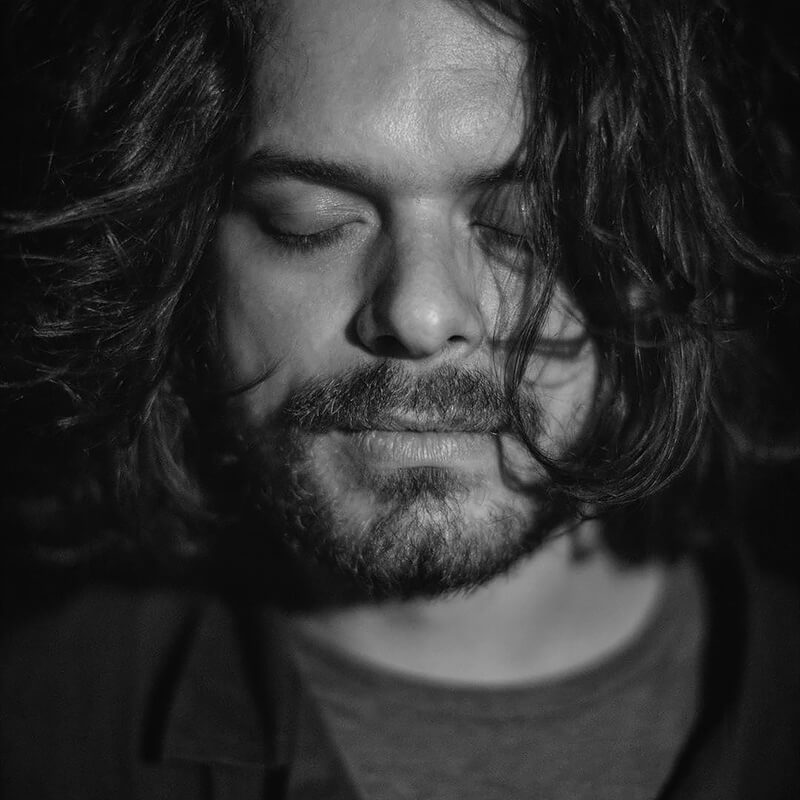Bohusch decided to become photographer at the early age of 13. He began experimenting with old darkroom equipment of his grandmother and shooting with a 35mm camera.
After studying photography for 5 years at die Graphische, Vienna he started working as freelance Production Manager, Location Scout and later Photographer or D.o.P and Director for advertising film production companies.
On extensive travels he is working on his personal projects. Street- photography in India, Miami or Tokyo, landscape and aerial photography in various places as well as fashion films, music videos in London or Paris.
In January 2017 Wolfgang Bohusch stayed in a tent for two weeks in Maroccos Sahara desert. Under very special conditions during his work for the series 'silicon based creatures' Bohusch experienced a period of intense meditation. Details and blurred outlines make it difficult to recognize the shape of the image at once. Pattern recognition takes place only through the perception of the seemingly random forms and structures. The viewer is encouraged to look more closely in order to get lost in the work and to let the subconscious mind wander - in order to finally be able to find his own associations.
silicon based creatures
With his series 'silicon based creatures' Wolfgang Bohusch invites the viewer to stand in front of his photographs, mediate, and let the mind wander into subconsciousness. Each and every work tells a different story, your own story. There are no titles, no hints for interpretation, no directions to look. Like in a Rorschach test, Bohusch wants you to find your own associations and recognize patterns that are not pregiven and therefore renders every photograph an individual experience.
A millisecond is the time span for Wolfgang Bohusch's sculptures to be created but the artist allows us to ponder these millisecond sculptures calmly. The “silicone based creatures” series of 21 photographs presented at OSME Gallery is the outcome of his stay in the Sahara desert for weeks and experimenting with its elements like sand, wind, light, and chance. What you see on the photographs is thus the fusion of elements which serendipitously form into sculptures and are randomly captured on paper. The process behind these snapshots therefore resembles the behaviour patterns of bird or fish swarms. What is more, when we see them crowding together in the sky or in the water, our minds automatically associate certain forms or figures with the sudden patterns they create. As soon as we have caught one image within the crowd, it is already gone again. We get the opportunity to slowly make our own interpretations, though, and to try and find a piece of ourselves in them.
So, when you have invented your creatures, where do they come from? And what do they want to tell us? If you think of them as signs, maybe even add a little bit of superstition, can they be hints to the future? Like popular customs or shamanic rituals to predict the future, Bohusch's creatures could also be prophetic figures. Or do they come from the past as mythical beings?
Wolfgang Bohusch confronts us with a range of topics and questions in this series which he does not want or cannot answer himself. Lastly, he gives us another little hint with which he introduces one more existential quest. Silicone, which is a constituent of sand, is also the material used for microelectronics, like computer chips, and the basis for what creates the tools for producing the photographs in the first place. Finally, this aspect could trigger another question, or rather “the mother of all questions”: what came first?
www.juliahartmann.at
